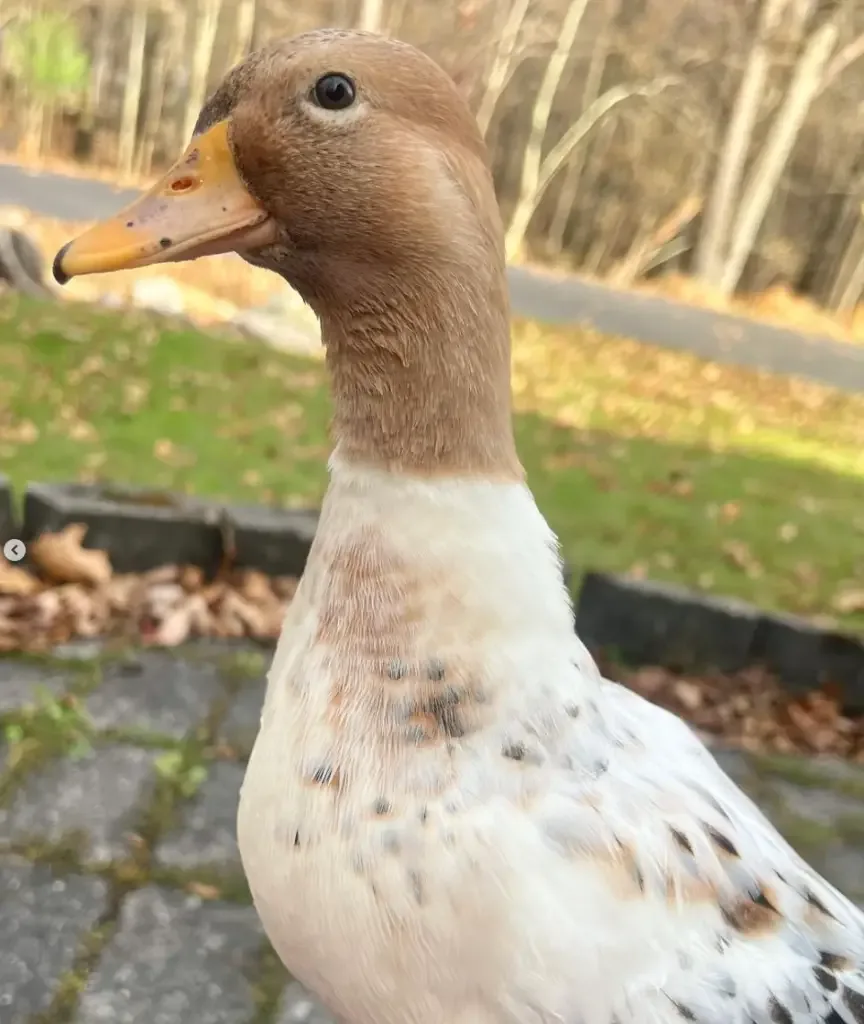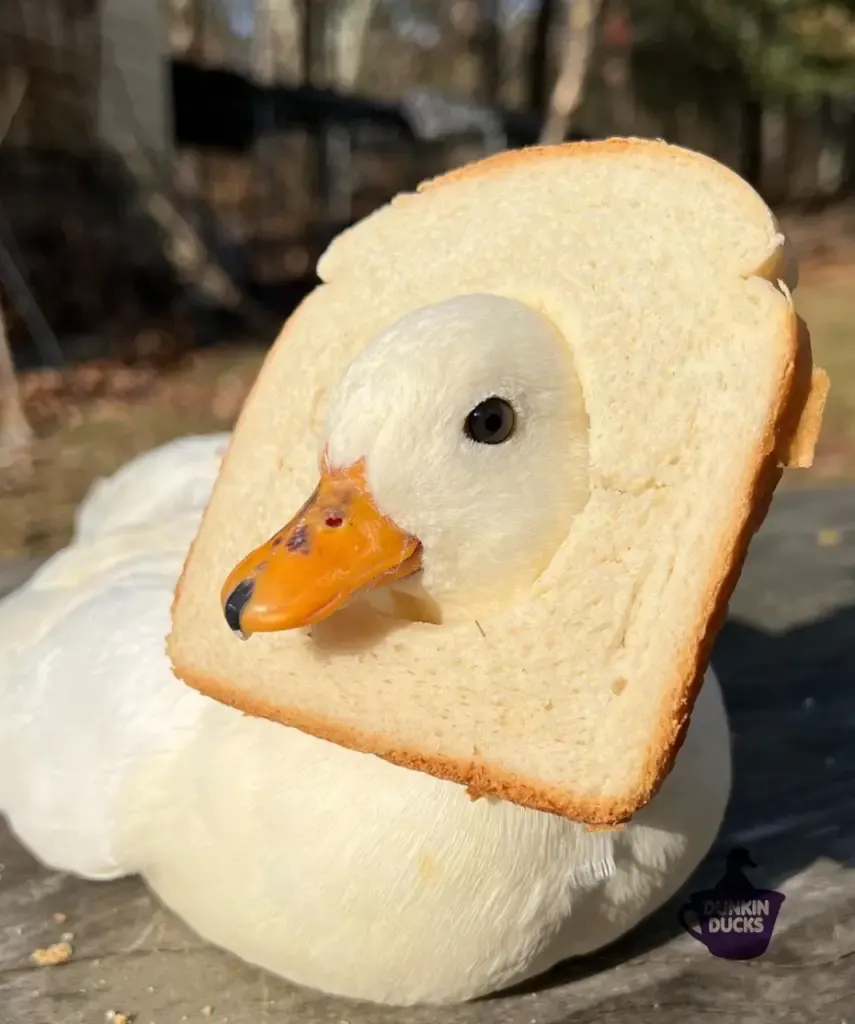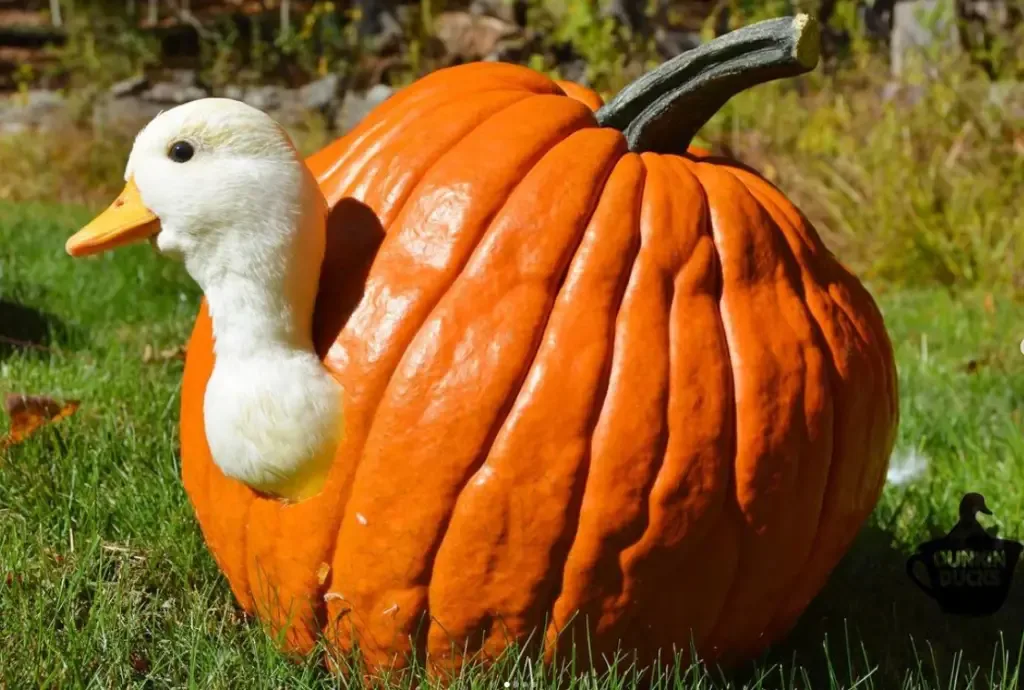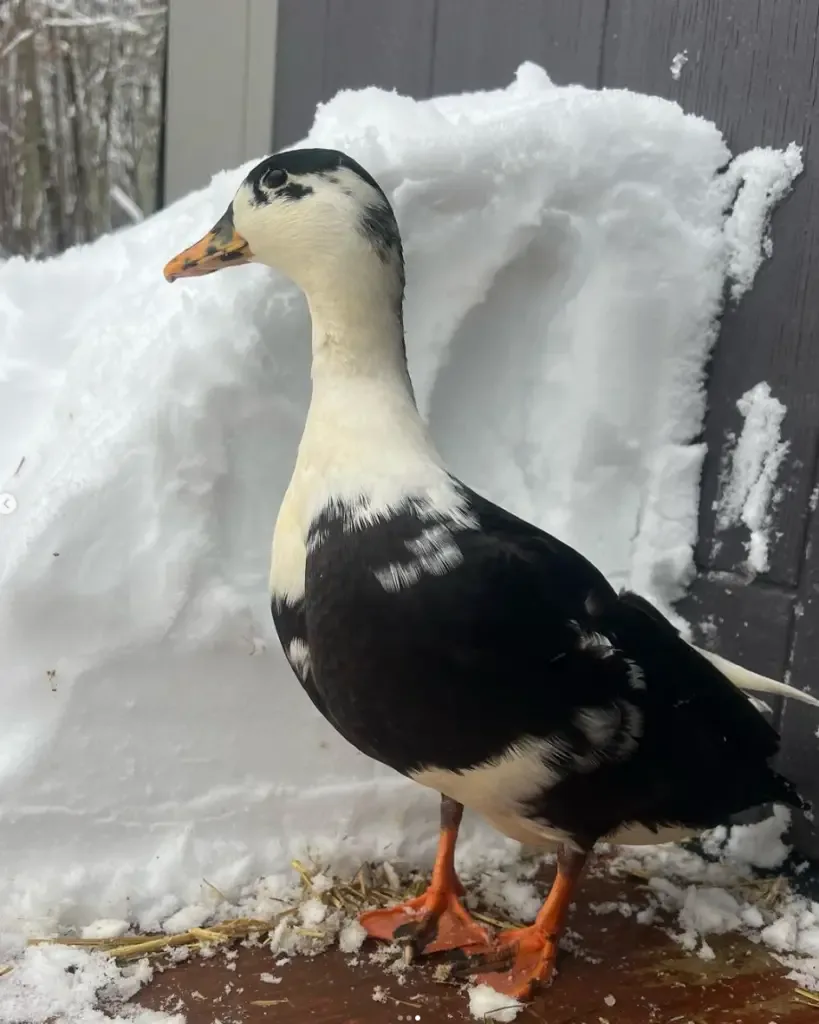Call ducks are arguably one of the cutest and most unique breeds of domesticated ducks out there.
They are typically known for their small size and distinctive quack.
These ducks are often kept as pets or for exhibition purposes due to their charming appearance and friendly demeanor.
In this post, we will discuss:
- The history and origins of Call ducks
- Types of Call ducks
- How to care for them
- Some frequently asked questions

History of Call Ducks
Origins
Call ducks are a small domestic breed of duck that originated in the Netherlands.
They were first bred for their ability to “call” or make a distinct, high-pitched noise.
This noise was used by hunters to attract wild ducks into animal traps.
The breed was later imported to England in the mid-19th century, where it became popular as a pet and exhibition bird.
Breed Development
In England, breeders began to focus on developing the Call duck’s appearance rather than its hunting ability.
The breed was selectively bred for its small size, round head, and short bill.
By the early 20th century, Call ducks had become a popular exhibition breed in England and were exported to other countries such as the United States.
Today, these ducks are primarily kept as pets or for exhibition purposes.
They are known for their small size, friendly personalities, and distinctive calls.
Despite their diminutive size, Call ducks are hardy and adaptable, making them a popular choice for backyard poultry keepers.

Types of Call Ducks
Call ducks are a small breed of domestic ducks that are known for their distinct duck calls and cute appearance.
They are categorized into two types based on their feather color:
1. White
White Call ducks are the most common type of this breed.
As their name suggests, they have white feathers and orange bills.
They are small in size, weighing around 1 pound when fully grown.
They are active and lively birds and are also great foragers.
White Call ducks are also very social and love to interact with other ducks.
2. Colored
Colored Call Ducks come in a variety of colors such as:
- Gray/Silver
- Blue
- Black
- Brown
- Blue-Fawn
- Dark Silver
- Magpie
- Pied
- Bibbed
They have the same characteristics as White Call ducks, but with different feather colors.
These ducks are also small in size, weighing around 1 pound when fully grown, making them a bantam breed of duck.
They are playful and active birds and are great for backyard ponds or small farms.

Call Duck Egg Laying
Most people do not keep Call ducks for their eggs, however, their eggs are an added bonus of owning this sweet duck.
Call ducks lay between 50-150 eggs per year, which is generally less than a chicken.
Because these ducks are bantam-sized, their eggs are also smaller in size and are typically the same size as a chicken egg.
Call duck eggs are typically white but they can also have a blueish-green tint to them from time to time.
These birds can also be very broody, which means they are happy to sit on their eggs and raise their babies.

Characteristics of Call Ducks
Despite their small size, Call ducks are hardy and adaptable birds that can thrive in a variety of environments.
They are typically kept in backyard ponds or small aviaries and require little maintenance beyond regular feeding and cleaning.
These ducks are also highly social animals that enjoy the company of other ducks and can form close bonds with their human caretakers.
In this section, we will explore the physical characteristics and behavior of call ducks in more detail:
Appearance
Call ducks are small domesticated ducks known for their cute and cuddly appearance.
They have a round, compact body with a short neck and a small, rounded head.
Their bill is short and broad, and their eyes are bright and alert, making them look like an adorable stuffed plush toy.
These adorable little ducks come in a variety of colors, including white, gray, black, and brown.
One of the most distinctive physical traits of call ducks is their size.
They are one of the smallest breeds of domesticated ducks, typically weighing between 1 and 2 pounds.
Despite their small size, they are quite hardy and can tolerate a wide range of temperatures.
Behavioral Traits
In addition to their physical traits, call ducks are known for their unique behavioral characteristics.
They are highly social animals and thrive in flocks. They are also quite vocal, and their distinctive calls can be heard from quite a distance.
Call ducks are also known for their active and energetic personalities.
They are excellent swimmers and enjoy spending time in the water.
These ducks are also quite curious. They enjoy exploring their surroundings and foraging in the grass and in the water.

Housing and Care
Housing Requirements
Call ducks are small in size, which means they require less space than other duck breeds.
However, they still need adequate space to move around and exercise.
A minimum of 4 square feet of space per duck is recommended for their housing area.
The housing should also be well-ventilated and provide protection from the elements.
Call ducks are social animals and should not be housed alone.
They should be kept in pairs or small groups of up to six ducks.
A nesting box filled with straw or shavings should also be provided for each duck to lay their eggs.
Feeding and Nutrition
Call ducks require a well-balanced diet to maintain their health and productivity.
A commercial duck feed that contains essential nutrients, including protein, vitamins, and minerals, should be provided.
In addition to the commercial feed, they can also be fed fresh greens, vegetables, and fruits.
Clean drinking water should be available at all times.
The water should be changed frequently to prevent contamination and the spread of disease.
Health and Veterinary Care
Call ducks are generally hardy and do not require extensive veterinary care.
However, they should still receive routine check-ups to ensure their health and well-being.
Any signs of illness, such as lethargy, loss of appetite, or abnormal behavior, should be addressed promptly.
It is also important to keep their housing area clean and free of feces and other debris which will help prevent the spread of disease and keep the ducks healthy.

Final Thoughts
Overall, call ducks are an adorable and unique breed that make great pets for those with small yards or limited space.
They are highly adaptable and can thrive in a variety of environments, making them a popular choice for backyard enthusiasts and hobbyists alike.
One of the most notable features of call ducks is their small size, which makes them easy to handle and care for.
They are also highly social and charismatic animals and enjoy interacting with their owners and other ducks.
Providing them with a safe and secure environment, plenty of fresh water, and a balanced diet is essential for their health and well-being.
Overall, call ducks are a delightful and charming breed that can bring joy and entertainment to any backyard or farm. Not to mention, they are so easy to fall in love with!
Frequently Asked Questions
Can Call ducks be free-ranged?
Call ducks can free-range if they are trained to come back to their enclosure each night (otherwise they could fly away).
They will naturally stay close to home if they are provided with food, water, and adequate shelter.
Make sure they have plenty of roaming space and grass when free-ranging.
These ducks are known to destroy small patches of grass very quickly.
What are Call ducks good for?
Call ducks are primarily kept as pets and ornamental birds and are great for families with small kids.
They are known for their small size, adorable appearance, and charming personalities.
Some people also keep them for exhibition purposes, as they are a popular breed in poultry shows.
Very few people keep them for their eggs or meat.
Will my Call ducks fly away?
Call ducks are capable of flight and will possibly fly away if given the chance.
It is important to provide them with a safe and secure enclosure.
Also, you should ensure that their enclosure is fully enclosed and that they cannot escape through gaps or holes.
Are Call ducks cuddly?
Call ducks are friendly and social birds, but they are not typically cuddly.
They enjoy being around people and may even follow their owners around, but they are not lap birds and do not generally enjoy being held or cuddled.
Are Call ducks rare?
Call ducks are not considered rare, but they are not as common as some other duck breeds.
They are a popular breed among poultry enthusiasts and can be found at many poultry shows and exhibitions.
How do Call ducks differ from other duck breeds?
Call ducks are unique in their small size and distinctive appearance.
They have a rounded body, short beak, and a small, compact head.
They are also known for their high-pitched, distinctive quack.
What should I look for when purchasing Call ducks?
When purchasing call ducks, it is important to look for healthy birds with bright, clear eyes, clean feathers, and good body condition.
It is also important to choose birds from a reputable breeder who can provide information on the bird’s lineage and any potential health issues.
Related Posts:

